"NaaS" refers to "Network as a Service." It's a concept in cloud computing where network services are provided to customers on a subscription basis or as an on-demand service. Rather than investing in costly network infrastructure and managing it directly, businesses can utilize NaaS for their networking needs, leveraging the cloud's scalability and flexibility.
Here's a breakdown of what NaaS entails:
- On-Demand Networking: Just like how cloud computing allows businesses to spin up virtual servers on-demand, NaaS allows them to create, scale, or adjust their network resources based on current needs.
- Cost Efficiency: With NaaS, businesses can avoid the high upfront costs associated with establishing and maintaining a traditional network. Instead, they pay for the networking resources they use, much like a utility bill.
- Managed Services: Many NaaS providers offer managed services, meaning they handle the maintenance, updates, security, and optimization of the network. This allows businesses to focus on their core operations rather than getting bogged down by network management.
- Flexibility and Scalability: As businesses grow or their networking needs change, NaaS provides the flexibility to scale network resources up or down easily.
- Integration with Other Cloud Services: NaaS often integrates seamlessly with other cloud services, such as Software as a Service (SaaS) or Infrastructure as a Service (IaaS), providing businesses with a holistic cloud ecosystem.
In summary, Network as a Service (NaaS) is a model that offers network services over the cloud, making it easier and more cost-effective for businesses to have the network resources they need without the complexities and expenses of traditional networking.

Open Coconut Networks
Avenue Léon Champagne, 2
1480 Saintes
Belgium
tel. +32 498 62 53 24
mail : aloha@opencoconut.net
VAT : BE 0761.936.285



